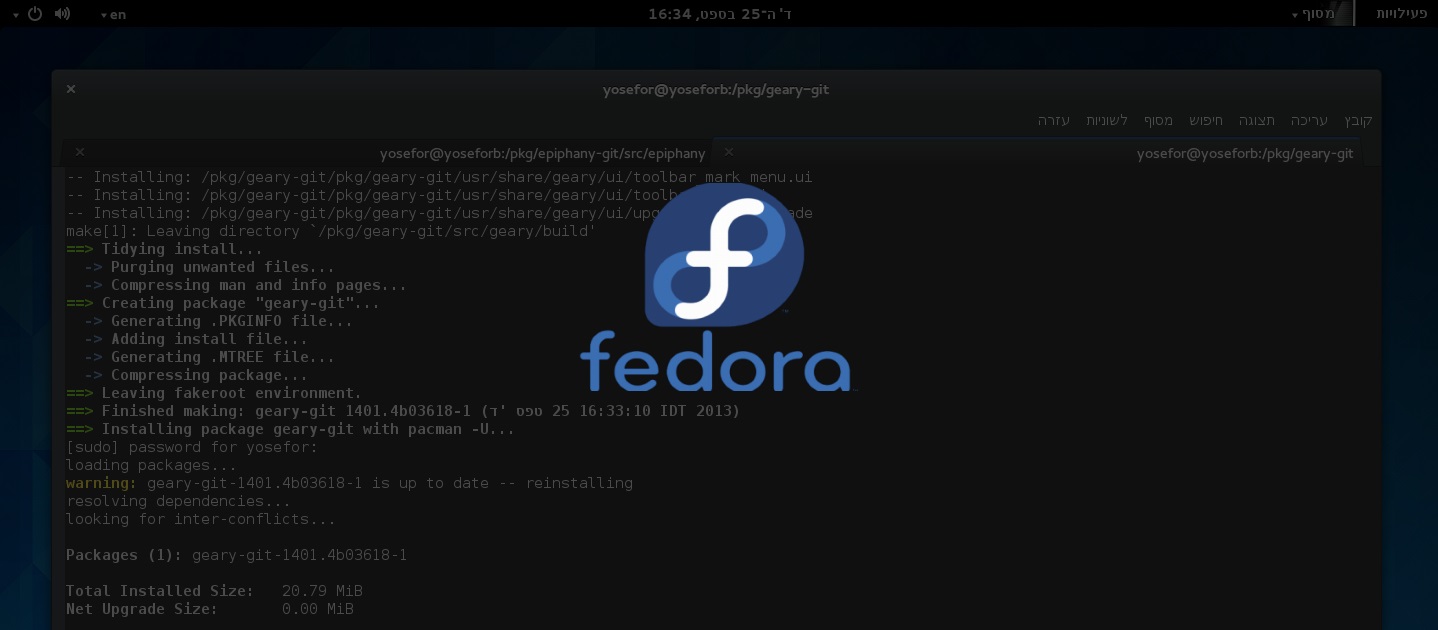Home office job as a labor market researcher
Published

Labor market researchers are experts in the field of labor market research and deal with the analysis and evaluation of trends, structures and problems on the labor market. Among other things, they examine the employment situation, unemployment, wages and salaries, education and training as well as the effects of economic and political decisions on the labor market.
The specific tasks of labor market researchers include, for example:
- Preparation of studies and reports to describe and analyze the current situation on the labor market
- Development of forecasts and scenarios for the future development of the labor market
- Conducting empirical studies and evaluating data to describe and explain labor market phenomena
- Advising politics, business and society on questions of labor market design and labor market policy.
Labor market researchers usually work in research institutes, consulting companies, public administrations and business associations. You usually need one Studies in economics, social or political sciences with a focus on labor market issues or a comparable qualification.
In which areas do labor market researchers research?

Those : fedoraproject.org
Labor market researchers can conduct research in various areas related to the labor market and employment. Some typical topics that labor market researchers deal with include:
- Labor market analyzes and forecasts: This involves examining trends in the labor market, analyzing unemployment rates and movements, and predicting future developments.
- Employment research: This is about examining employment opportunities and conditions, as well as the influencing factors Workplace dynamics and development.
- Education and the labor market: Labor market researchers examine the effects of education systems on the labor market and the opportunities for employees on the labor market.
- Social and labor market policy: This is about the analysis and evaluation of political measures that influence labor market developments.
Labor market researchers can work in various organizations and institutions, such as government agencies, research institutes, companies and trade unions.
How do labor market analyzes and forecasts work?
Labor market analysis and forecasting can be conducted in a variety of ways, depending on the purpose and available data. However, generally they include the following steps:
- Data collection: Labor market analysis and forecasting usually begins with the collection of data on various aspects of the labor market, such as employment figures, unemployment rates, job vacancies, workforce qualifications, etc. This data can come from various sources, such as government statistics, company surveys, surveys employees and employers and other sources.
- Data preparation: After data collection, the data often needs to be cleaned, structured and prepared to make it usable for analysis and forecasting. Missing or inconsistent data can be identified and dealt with.
- Analysis: Analysis involves using statistical methods and models to examine the data and identify patterns or relationships. Analysis can take various forms, such as descriptive statistics, regression analysis, time series analysis, or other methods.
- Forecast: Labor market forecasts can be created based on the analysis results. This attempts to predict future developments in the labor market, e.g. how employment or unemployment will develop. This can be done using statistical forecasting models that use historical data to identify trends and make predictions.
Interpretation and reporting: The results of the analysis and forecast must be interpreted and presented in an understandable form. Possible uncertainties and limitations of the results can also be highlighted. The results can then be disseminated to decision makers or the public in the form of reports, presentations or other formats.
How does employment research work?

Those : bleepingcomputer.com
Employment research is primarily concerned with analyzing and forecasting the employment situation in an economy. To achieve this, she uses various methods and data sources. This includes:
- Labor market data analysis: Employment researchers use data sources such as unemployment statistics, employment surveys and job vacancies to analyze the current employment situation. This data allows them to identify trends and changes in the labor market.
- Research on industries and occupations: Employment researchers also analyze individual industries and occupations to find out how employment is trending in those areas. They examine what factors drive or inhibit employment growth in these areas and how technological changes affect employment.
- Surveys of employees and employers: To understand the employment situation in more detail, employment researchers also conduct surveys of employees and employers. These surveys can provide information about working conditions, wages and employment practices.
- Development of forecasting models: Based on the data and insights collected, employment researchers develop forecasting models to predict the future employment situation in an economy. These models can, for example, econometric methods, trend analyzes or scenario planning.
- Evaluating labor market policies: Employment researchers also evaluate labor market policies such as unemployment insurance, minimum wages, or job placement programs. They examine how these policies affect the employment situation and whether they achieve the desired effects.
The results of employment research are often used by governments, companies and research institutions to make decisions in the area of labor market policy.
How is the education and labor market researched?
The education and labor markets are researched in various ways. Here are some common methods:
- Surveys: A common way to collect data is through surveys of employers, employees, graduates or students. These surveys can be conducted online, by telephone, by mail, or in person.
- Statistical analysis: Labor market and education research also uses statistical analysis to collect and interpret data. An example of a statistical analysis is the labor force survey, which provides information about employment, unemployment and other aspects of the labor market.
- Case Studies: Another method is to conduct case studies. This involves examining specific situations, companies or workplaces to understand how changes affect the labor market.
- Observation: Direct observation of workplaces or educational institutions is another method. Work processes, requirements and qualifications are examined directly in order to gain a better understanding of the labor market or training needs.
- Literature analysis: Finally, research can also rely on a literature analysis. Scientific studies and other publications are evaluated to identify the most important trends and developments on the labor market or in the education sector.
What do labor market researchers say about social and labor market policy?

Those : linuxways.net
For example, they analyze the effects of unemployment insurance, minimum wage regulations or employment programs on the employment situation and unemployment.
Some labor market researchers advocate active labor market policies that aim to reduce unemployment and increase employment by using targeted measures such as vocational training, job placement or wage subsidies. However, other researchers argue that while such measures may reduce unemployment in the short term, they may actually increase unemployment in the long term by reducing employers' incentives to create regular jobs.
Overall, there are different opinions and approaches to social and labor market policy in labor market research, and the debate about which policies are best suited to promote employment and unemployment is an important part of research in this area.
What training is required to become a labor market researcher?
As a rule, a completed degree in economics, social sciences or political science with a focus on labor market issues or a comparable qualification is required to work as a labor market researcher. Bachelor's and master's degrees as well as doctorates are possible and can be important depending on the employer and area of responsibility. Experience in empirical research and using data analysis software is often an advantage.
How much do labor market researchers earn in Germany?
The income of labor market researchers in Germany depends on various factors such as the employer, professional experience, qualifications and region. As a rough guide, one can say that the average income for labor market researchers in Germany is around 50,000 to 70,000 euros gross per year. However, depending on your career level and employer, higher or lower salaries may be possible.
How much do labor market researchers earn in Switzerland?
The salary of labor market researchers in Switzerland depends on various factors, such as the employer, professional experience, qualifications and region. According to the wage analysis platform “Lohncheck.ch”, the average annual gross salary of labor market researchers in Switzerland is around 90,000 to 120,000 CHF. However, depending on your career level and employer, higher or lower salaries may be possible.








